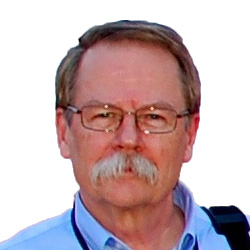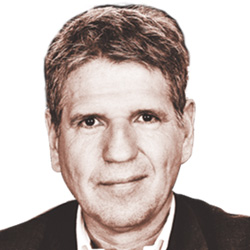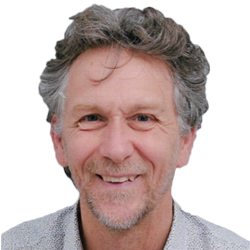Workshop
Underground mapping for resilient infrastructure - Datafication of the underground
Overview
Intensive use of space imply responsibility for proper planning, efficient and sustainable use of resources and for safeguarding the environment both in environmental ways as related to social aspects. The underground has become an occupied space by itself through extensive underground infrastructural works from utilities to traffic tunnels and subsurface building constructions. As well as these man-made constructions the information on physical conditions represented by soil and geology are key in many processes from exploration to construction to flood- and disaster management. Collection of information on underground features is a regular activity and many maps and databases exist. Lately, worldwide initiatives arise where integrated digital information platforms are established to combine different types of underground information. Integrated standards are being developed, as for instance in the OGC-MUDDI project, linking already established standards like the CityGML Utility Network ADE for integrated utility information, Inspire Utility Networks, LandInfra, PipeLineML and many others. So datafication of the underground is widespread. Digital representations of the underground provide digital twins that act as integrated information resources in planning, analysing, monitoring and maintenance use cases.
Stakeholders from several backgrounds like government, research, engineering and data scientists are involved in the process. Each with different viewpoints on challenges and requirements, solutions and strategies.
The workshop addresses and combines several principal viewpoints:
- data requirements related to use cases
- data providers, organisation and business cases
- standardisation
- public private partnerships
- legislation
- international cooperation
The session includes a presentation part and concludes with a panel of combined experts that will be challenged to provide vision and vigour regarding future steps to take.
Agenda
Panelists
- Tan Boon Khai, Chief Executive, Singapore Land Authority
- Geoff Zeiss, Principal, Between The Pole
- Alexander van Noort, Global Director, Land Site Charaterisation, Fugro, The Netherlands
- Martin Peersmann, Program Manager BRO, Keyregistry of the Subsurface of the Netherlands, Ministry of the Interior and Kingdom Relations, The Netherlands
- Caroline Groot, Product Manager, Cable and Pipeline Information Centre (KLIC), Kadaster, The Netherlands
- Henk Scholten, Chief Executive Officer, Geodan, The Netherlands
- Bart De Lathouwer, Director, Innovation Program, Open Geospatial Consortium, Belgium
Points of discussions:
- Data sharing – Public private partnership. Who in which role?
- Data integration. Integration of surface and subsurface information. What is needed to take big steps forward?
- Role of government: Policy, Key registrations, legislation?
- Role of technology sector: 3D development, data integration
- Role of standardisation: Data integration, technology and semantics, 3D








